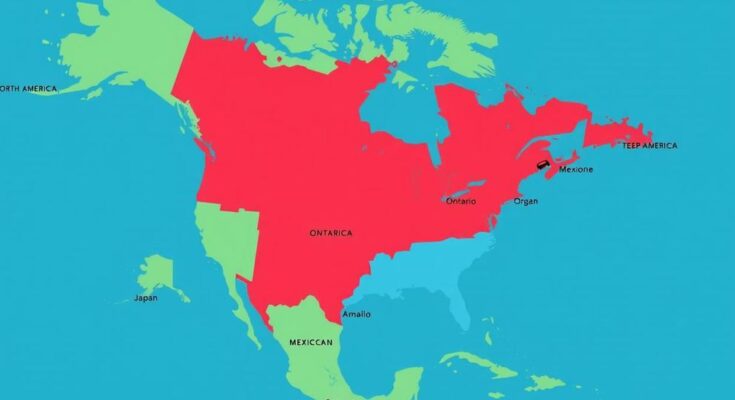Beginning April 2, the US will impose a hefty 25% tariff on imports of passenger vehicles, light trucks, and certain automotive parts. This move is expected to significantly disrupt the automotive landscape, particularly affecting regions closely tethered to automotive supply chains. The consequences include reduced competition, elevated prices, and a marked decline in production from the US’s primary trading partners.
Regions along the Mexican border will feel the impact most acutely, where automotive exports to the US comprise a lion’s share of sales. In Canada, Ontario stands prominently affected, given its strong export ties in the automotive sector. As automotive parts frequently crisscross borders for assembly, the ripple effect of these tariffs is anticipated to be profound.
Beyond North America, Japan and South Korea emerge as principal exporters of vehicles to the US. Reports indicate that Japanese automobile manufacturers plan to increase production at existing US-based factories, underlining the reluctance to see a downturn in domestic production.
While the direct exposure for Europe may appear limited compared to North America, the automotive sector remains crucial for several countries, notably in Central and Eastern Europe (CEE) like Slovakia and the Czech Republic. They face vulnerabilities as foreign confidence in this sector may wane with increased tariffs.
Although the tariffs may lead to some reshoring of automotive production to US facilities, they simultaneously escalate costs for US manufacturers and households. Our analysis reveals that these tariffs could effectively account for nearly a third of a vehicle’s price, inevitably impacting consumers.
The US will enforce a 25% tariff on automotive imports starting April 2. The Mexican border regions and Ontario will face the most significant disruptions, impacting automotive exports. Japan and South Korea are also affected, while European regions, particularly in the CEE, might experience indirect effects. Although some production will shift back to the US, this change will raise costs for consumers and manufacturers alike.
In summary, the impending 25% tariffs imposed by the US will have profound implications for regions heavily involved in automotive trading, especially Mexico and Ontario, Canada. While Japan and South Korea will also feel the strain, European countries may grapple with indirect consequences despite lesser direct exposure. Ultimately, while some reshoring may occur, the overall costs for US consumers and manufacturers are likely to soar, significantly affecting pricing dynamics in the industry.
Original Source: www.oxfordeconomics.com



